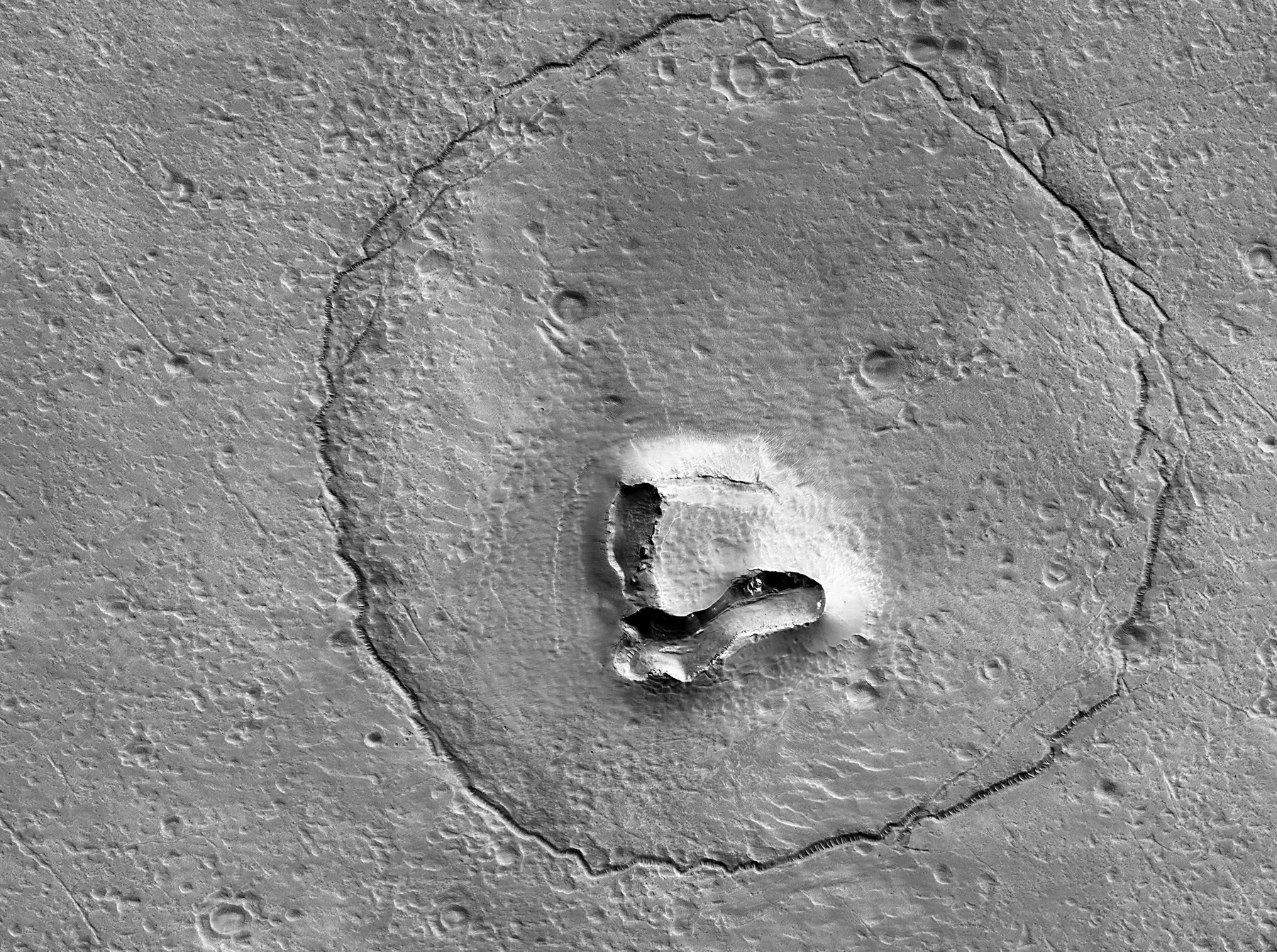We really aren't. Cross-mating with the more cold-adapted Neanderthal did help those of us of European and Middle Eastern descent, but we're a tropical species.
But we're good at faking it with things like, oh, clothes, eating meat and, of course, the key technology of fire.
Neanderthals were stockier to retain heat, but they also had large noses...but an internal structure that helped. At the same time, they still weren't really cold adapted. For that, they would have had to regrow fur.
They too had clothes and fire. They may also have partially hibernated, much like squirrels.
Living in the cold is proof of why it's worth developing intelligence.
It allows us to adapt faster than evolution.
